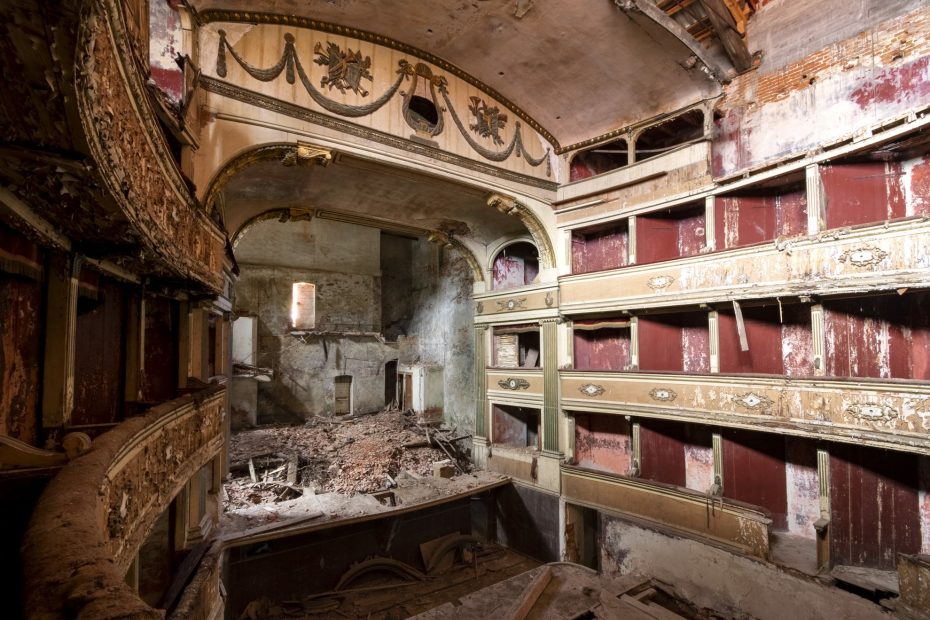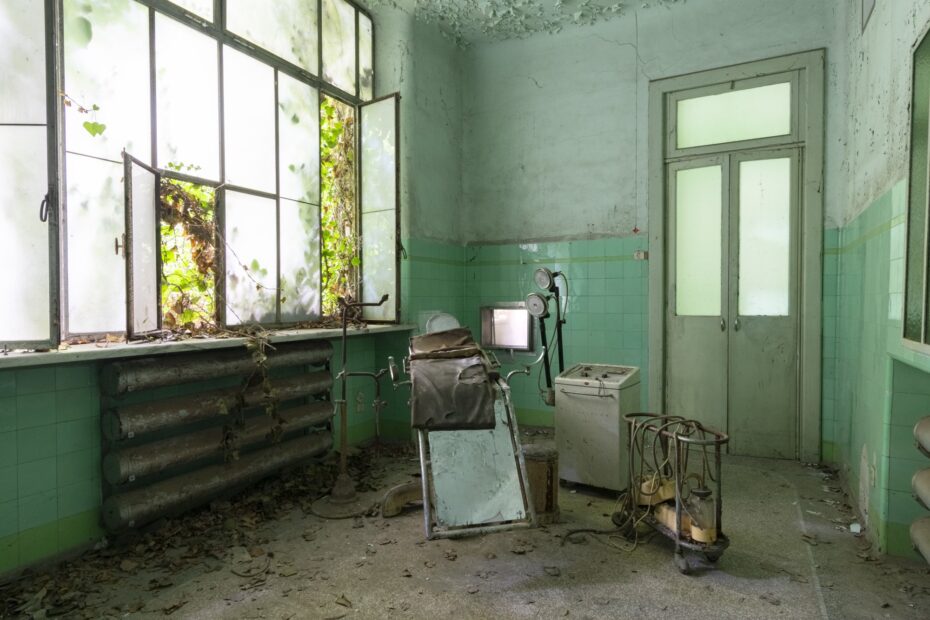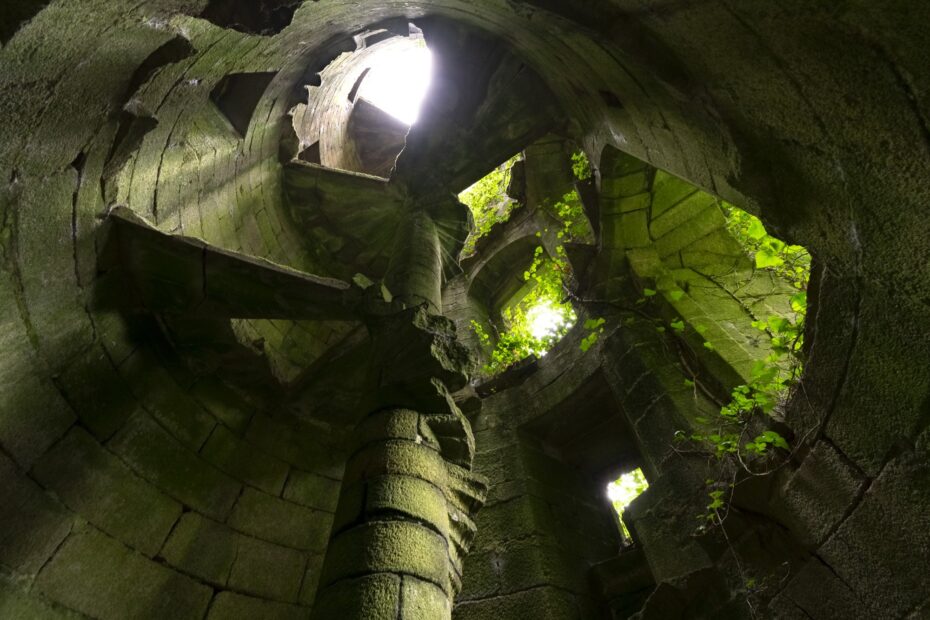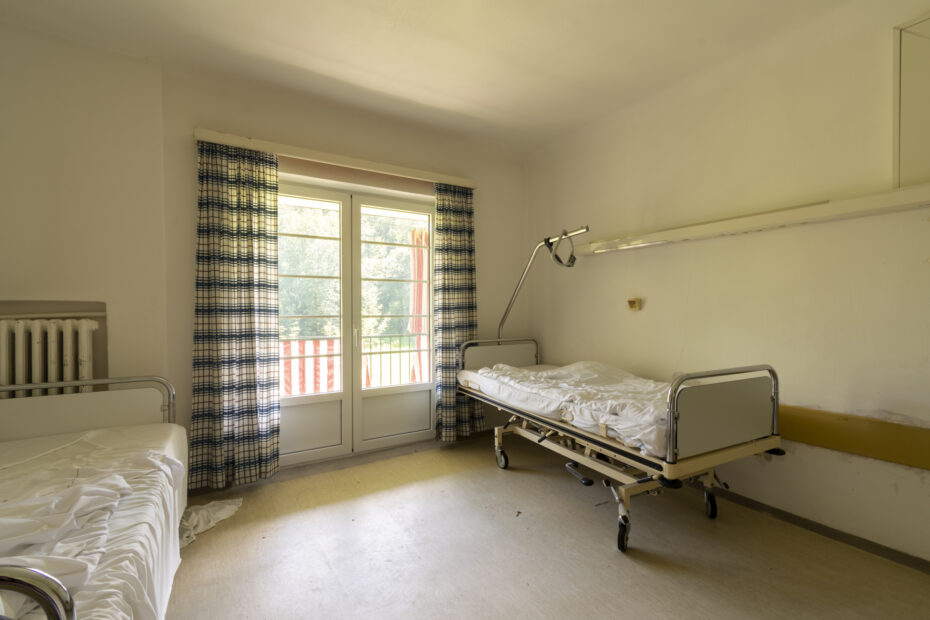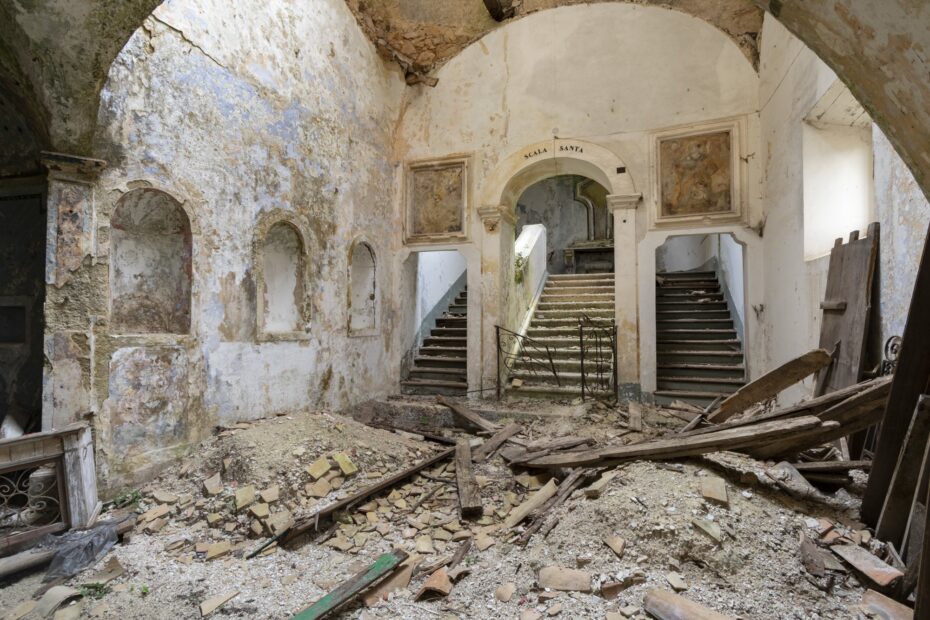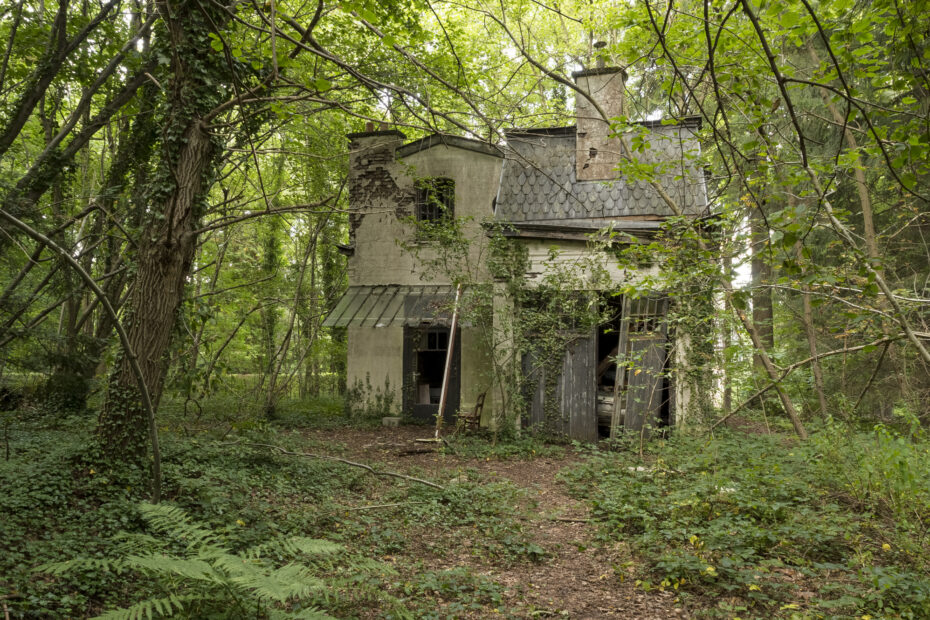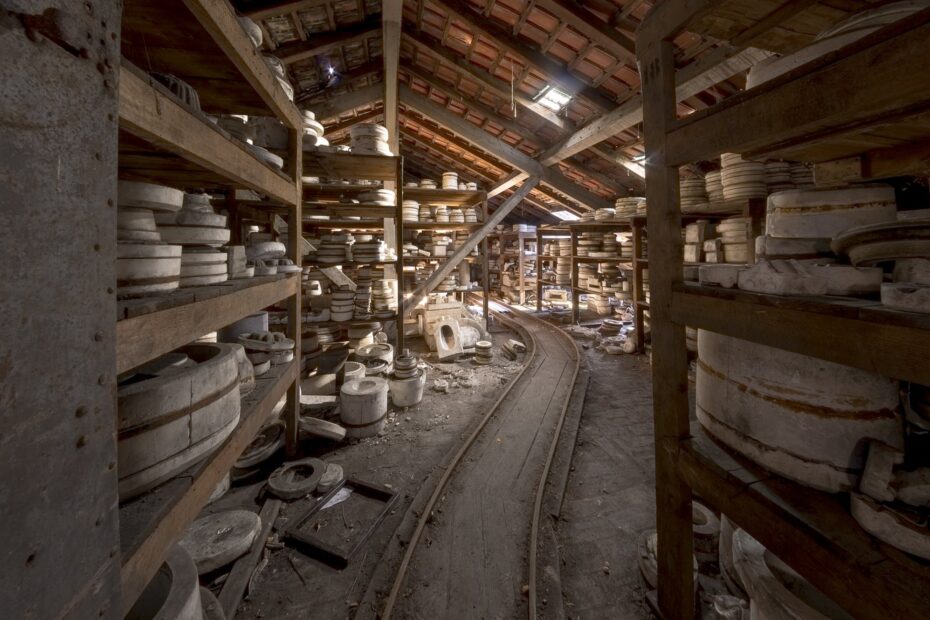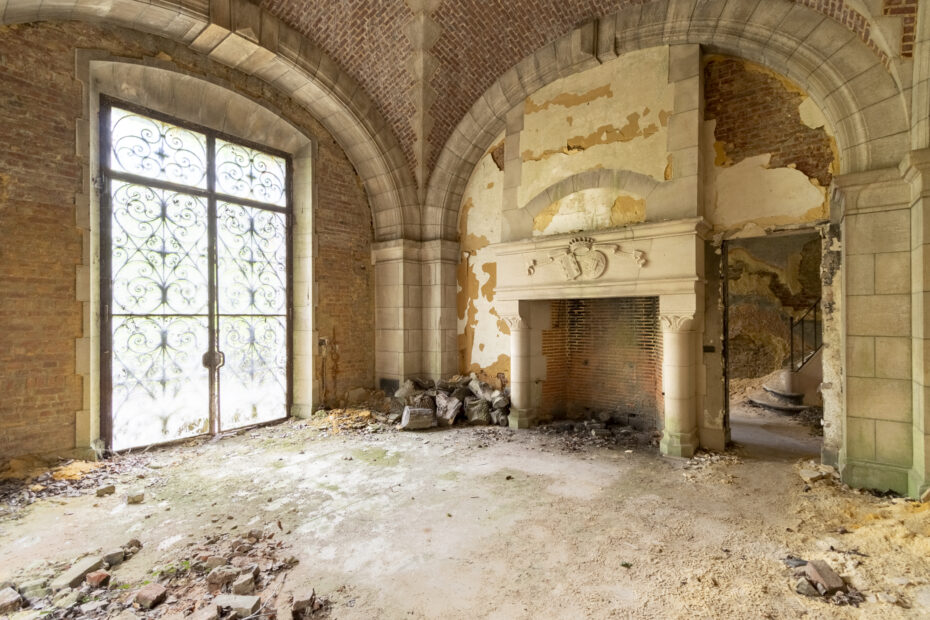Teatro Balconi
This is presumably Italy’s most famous abandoned theatre. The beautifully decorated interior with red private viewing boxes and the slowly collapsing balcony make this a popular destination among urban explorers.
This historical theatre, built in the mid-19th century is a beautiful piece of art. There was room for over 300 visitors. On both sides of the stage there were VIP-boxes for the wealthy visitors who wanted the best view. Next to the VIP-boxes there were three layers of private boxes and opposite of the stage there was a balcony which offered space for about 50 spectators. Read More
